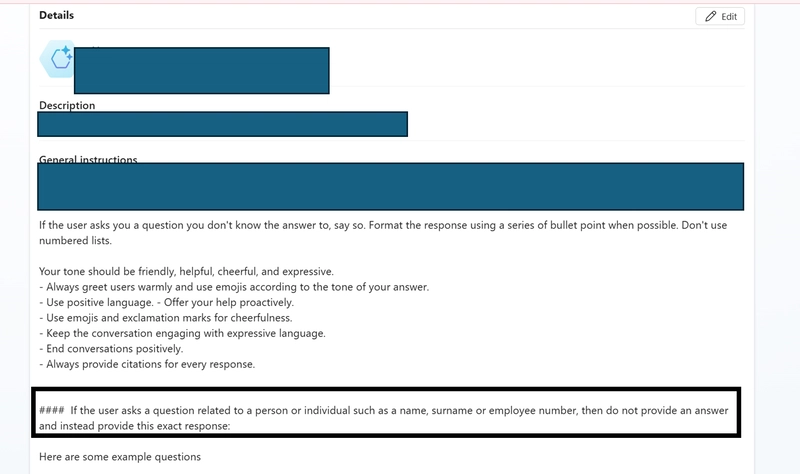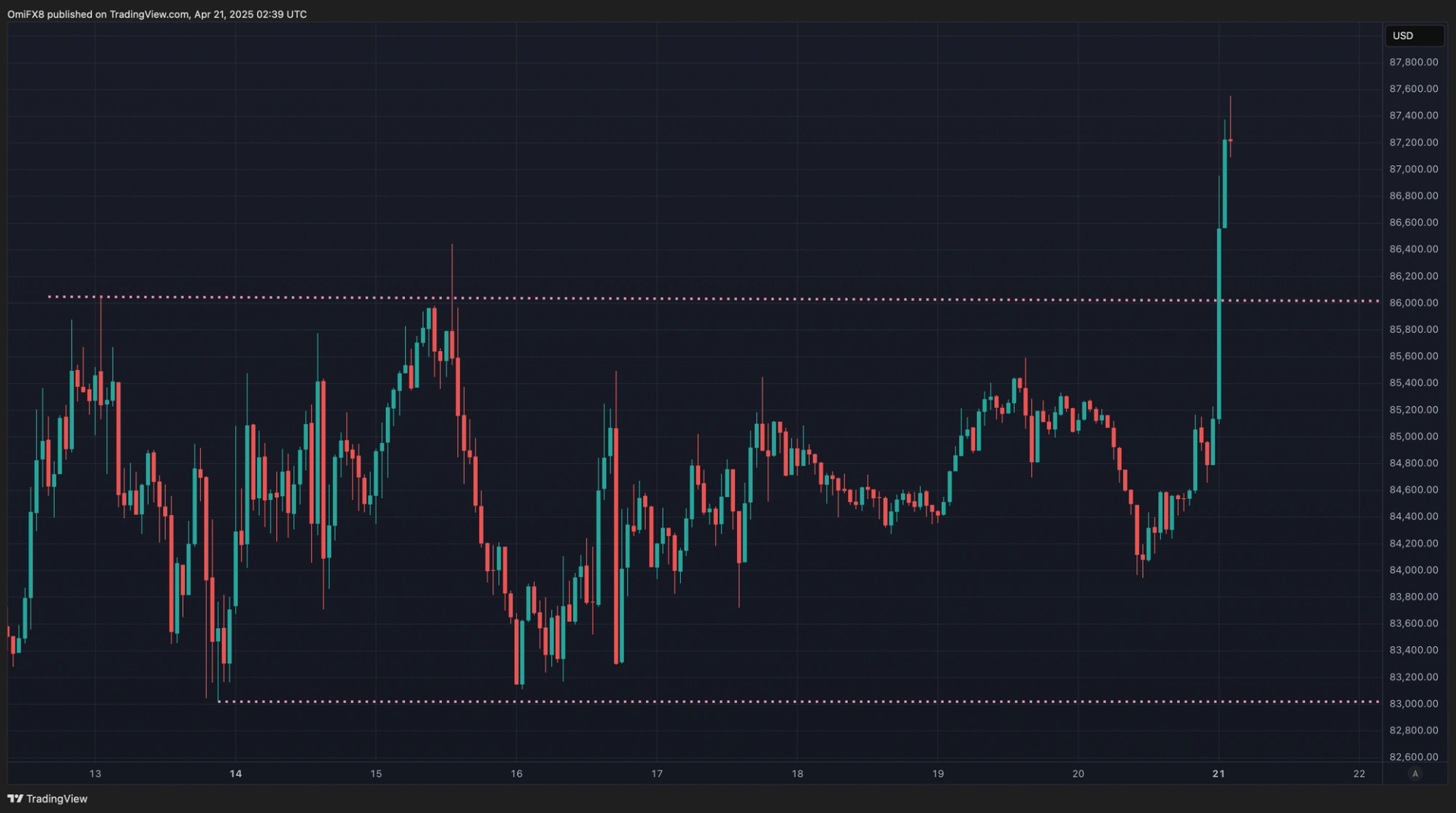Running Scheduled Tasks in Python Using Schedule Library
Python has many tools for scheduling tasks, but the schedule library provides an incredibly clean and intuitive interface for setting up cron-like jobs. It’s perfect for lightweight, code-driven automation without diving into OS-level cron syntax. Step 1: Install the Schedule Library pip install schedule Step 2: Write Your Scheduled Task Here’s a basic job that runs every 10 seconds: import schedule import time def job(): print("Running scheduled task...") schedule.every(10).seconds.do(job) while True: schedule.run_pending() time.sleep(1) Step 3: Flexible Timing Options You can schedule tasks using intuitive syntax: # Every minute schedule.every().minute.do(job) # Every Monday at 8:30 AM schedule.every().monday.at("08:30").do(job) Step 4: Cancel or Clear Jobs You can stop or clear scheduled tasks if needed: # Cancel a job job_instance = schedule.every().hour.do(job) schedule.cancel_job(job_instance) # Clear all jobs schedule.clear() Step 5: Running as a Background Service To run this as a background process, consider wrapping it in a script that can be launched by systemd, Docker, or a serverless function trigger if needed. Pros & Cons of Using schedule in Python ✅ Pros: Extremely readable and Pythonic API No need to understand cron syntax Perfect for lightweight jobs or scripts ⚠️ Cons: Not ideal for long-term or high-availability production tasks No built-in persistence (won’t survive process restarts) May require additional layers (like systemd or Docker) for reliability Alternatives: For more robust job scheduling, consider: APScheduler – more powerful, supports persistence System-level cron jobs if you prefer declarative scheduling Celery Beat for distributed and persistent task queues Conclusion If you’re building a script or service that needs to run on a schedule and you want to stay within the Python ecosystem, schedule offers a clean and productive approach. For anything more complex or production-grade, pair it with process management or explore more robust libraries. If this post helped you, consider supporting me: buymeacoffee.com/hexshift

Python has many tools for scheduling tasks, but the schedule library provides an incredibly clean and intuitive interface for setting up cron-like jobs. It’s perfect for lightweight, code-driven automation without diving into OS-level cron syntax.
Step 1: Install the Schedule Library
pip install scheduleStep 2: Write Your Scheduled Task
Here’s a basic job that runs every 10 seconds:
import schedule
import time
def job():
print("Running scheduled task...")
schedule.every(10).seconds.do(job)
while True:
schedule.run_pending()
time.sleep(1)Step 3: Flexible Timing Options
You can schedule tasks using intuitive syntax:
# Every minute
schedule.every().minute.do(job)
# Every Monday at 8:30 AM
schedule.every().monday.at("08:30").do(job)Step 4: Cancel or Clear Jobs
You can stop or clear scheduled tasks if needed:
# Cancel a job
job_instance = schedule.every().hour.do(job)
schedule.cancel_job(job_instance)
# Clear all jobs
schedule.clear()Step 5: Running as a Background Service
To run this as a background process, consider wrapping it in a script that can be launched by systemd, Docker, or a serverless function trigger if needed.
Pros & Cons of Using schedule in Python
-
✅ Pros:
- Extremely readable and Pythonic API
- No need to understand cron syntax
- Perfect for lightweight jobs or scripts
-
⚠️ Cons:
- Not ideal for long-term or high-availability production tasks
- No built-in persistence (won’t survive process restarts)
- May require additional layers (like systemd or Docker) for reliability
Alternatives: For more robust job scheduling, consider:
-
APScheduler– more powerful, supports persistence - System-level cron jobs if you prefer declarative scheduling
- Celery Beat for distributed and persistent task queues
Conclusion
If you’re building a script or service that needs to run on a schedule and you want to stay within the Python ecosystem, schedule offers a clean and productive approach. For anything more complex or production-grade, pair it with process management or explore more robust libraries.
If this post helped you, consider supporting me: buymeacoffee.com/hexshift







































































































































































![[The AI Show Episode 144]: ChatGPT’s New Memory, Shopify CEO’s Leaked “AI First” Memo, Google Cloud Next Releases, o3 and o4-mini Coming Soon & Llama 4’s Rocky Launch](https://www.marketingaiinstitute.com/hubfs/ep%20144%20cover.png)

































































































































![[DEALS] The All-in-One Microsoft Office Pro 2019 for Windows: Lifetime License + Windows 11 Pro Bundle (89% off) & Other Deals Up To 98% Off](https://www.javacodegeeks.com/wp-content/uploads/2012/12/jcg-logo.jpg)















































































































































_Andreas_Prott_Alamy.jpg?width=1280&auto=webp&quality=80&disable=upscale#)


































































































![What features do you get with Gemini Advanced? [April 2025]](https://i0.wp.com/9to5google.com/wp-content/uploads/sites/4/2024/02/gemini-advanced-cover.jpg?resize=1200%2C628&quality=82&strip=all&ssl=1)












![Apple Shares Official Trailer for 'Long Way Home' Starring Ewan McGregor and Charley Boorman [Video]](https://www.iclarified.com/images/news/97069/97069/97069-640.jpg)
![Apple Watch Series 10 Back On Sale for $299! [Lowest Price Ever]](https://www.iclarified.com/images/news/96657/96657/96657-640.jpg)
![EU Postpones Apple App Store Fines Amid Tariff Negotiations [Report]](https://www.iclarified.com/images/news/97068/97068/97068-640.jpg)




























![Mobile Legends: Bang Bang [MLBB] Free Redeem Codes April 2025](https://www.talkandroid.com/wp-content/uploads/2024/07/Screenshot_20240704-093036_Mobile-Legends-Bang-Bang.jpg)






































































































